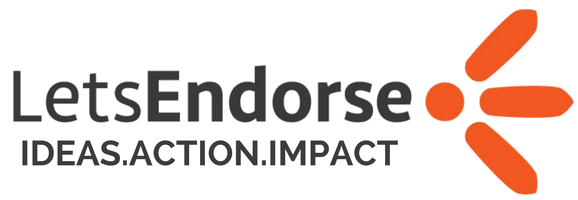Crowdfunding and online fundraising can be a challenging task, especially while convincing donors who aren’t interested to know the already bared truth about your organisation and its programs. In fact, it is this very notion which gave rise to the idea of nonprofit storytelling.
Stories are present all around us, and wrapping messages in memorable stories, that would strike the right chords with the public, can help in building lasting connections between the donors and the organisations.
Donations are heavily reliant on emotional, and not analytical drives, hence instead of statistical accounts, personalised stories are of immense appeal. We all know that a number of girls in rural India cannot afford to go to schools or opt out of schools due to a multiplicity of constraints. But when the story is directed towards a certain Asha, or Geeta, and told through her perspective, the effectiveness increases manifold. It can easily be concluded that all it takes is one well researched, thought provoking story to ignite the fundraising.
“Focusing on a single person in the form of a story while promoting any kind of content is always wise. Since our brains are wired to think in story, people are more likely to identify themselves with the protagonist, and sympathise, which is crucial for fundraising. Donations are never based on the sheer number of victims, but on the basis of the vividity of one recognisable story, which evokes a greater emotional response in comparison to stories of countless, nameless victims.”

(Credits: Stories worth Telling, a joint initiative of the Meyer Foundation and Georgetown University’s Center For Social Impact Communication)
By focusing on a single story, the audience is allowed to delve deeper into the situation, and connect with the victim. Multiple stories may hamper the relevance, something which may lead to overwhelming and confusing the future donors, making them lose the initial connect with the cause.
Here are some ways to produce a gripping story, which would create a lasting impact on the readers.
- Detailed information about the protagonist
The readers or listeners should have a detailed idea about the person and the circumstances being talked about. If it’s a story involving malnutrition among schoolchildren, and our story is based on one such kid, it should paint a vivid picture about him- the age, name, photo, description. This would give a recognisability and authenticity to the story.
- Establishing goals
The next big step is to establish goals which the protagonist wants to achieve, be it abolishing hunger, or getting basic education. The potential donors need to understand the conflicts arising while doing so, and to empathise and sympathise with the protagonist.
- Regular updates
It is important to regularly update the progress of your work so as to make the steady flow of contributions possible, and make the donors responding to the story, believe in the credibility of your organisation. If you haven’t reached your target, it is equally important to notify the same, so that the supporters may pitch in and do their bit for the betterment of the situation.
- Including milestones in the updates
Letting the donors know that their efforts have been fruitful is an effective way of retaining their trust. The story should acknowledge their actions by including milestones like birthdays, anniversaries, fundraising totals etc, or by reporting any improvements on the part of the protagonist. This would allow the donors to feel good about their contributions.
- Continue the story
It is important not to assume that listeners are getting tired of the same story. While it is mandatory to update the story and remind the listeners time to time about the purpose of the entire project, abandoning the story midway, without reporting about any further progress would make donors feel unsure the next time they step in for a charitable cause.
These are some of the ways by which you can write compelling stories, irrespective of the domain your organisation concerns. A good many organisations (Oxfam, Red Cross, Amnesty, Charity Water etc.) have used this technique successfully. The American Red Cross, with their Storytellers Campaign, gives a voice to the people, who have been helped by the organisation, allowing them to narrate their experiences.
Other lesser known organisations have used the technique in an innovative way. Generosity.org invites followers on twitter into their narrative as it still takes place on the ground. In doing so, this tweet proves the organization’s promised approach to their projects – to empower community leaders and members to manage their own water project during construction. And by sharing the project’s overall impact (it serves 250 people), supporters can connect the dots between funding a project and the results it generates.
To summarize, Empathy Builds Connections. And One Vs Many works better!


